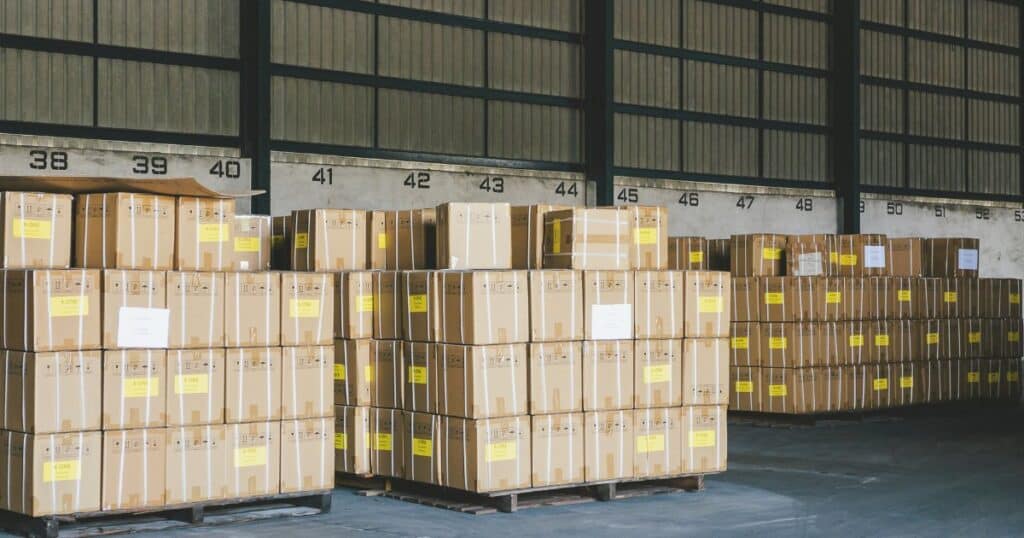Economic Headwinds for the Motorcycle Transport Industry
In 2025, the U.S. motorcycle industry found itself riding into turbulence. Economic challenges—rising inflation, new tariffs, and mounting recession fears—are weighing heavily on both motorcycle sales and the logistics companies that transport them. As we look ahead to 2026, motorcycle shipping companies like AA Motorcycle Shipping must adapt quickly to shifting trends, evolving buyer behaviors, and tighter budgets.
This article explores how the “big three” macroeconomic disruptors are expected to shape the demand for motorcycle transport across the U.S. through the next year.
Inflation: Feeding the Cost Fire
Inflation remains one of the most dominant forces shaping every sector of the U.S. economy. As of mid-2025, inflation rates hovered around 4.2%, fueled by global energy prices, supply chain pressures, and the cost of new trade policies like tariffs. For consumers, this means rising prices across the board—motorcycles, fuel, insurance, repairs, and even transportation services.
How Inflation Affects Motorcycle Transport:

- Fuel surcharges are increasing, directly affecting shipment quotes.
- Consumers delay purchases, reducing the need for long-distance transport.
- Freight insurance premiums are higher, increasing operating costs.
- Interest rates have made motorcycle financing less attractive, especially for younger buyers, further reducing new sales.
Motorcycle brands have already reported downturns:
- Harley-Davidson’s Q1 2025 sales were down 25% year-over-year.
- Imports from Asia declined 17% compared to 2024.
- Used motorcycle market slowed by 22%, affecting private-to-private transport bookings.
For a company like AA Motorcycle Shipping, inflation reduces volume and tightens margins—but also creates an opportunity to differentiate on value and service reliability.
Tariffs: Reshaping the Supply Chain

In 2025, the U.S. reinstated or expanded tariffs on a range of imported goods. Among the hardest hit? Vehicles, parts, and steel—the backbone of motorcycle production and logistics.
Recent Tariff Highlights:
- 25% tariffs on motorcycles imported from China, Canada, and Mexico.
- 145% duty on specific Chinese-made motorcycle components.
- 25% steel and aluminum tariffs, raising prices of trailers and crating.
- 50–56% retaliatory tariffs from the EU on U.S. brands like Harley-Davidson.
Tariff Impact on Transporters:
- Higher costs to pack, crate, and secure motorcycles.
- Decreased cross-border shipments due to cost prohibitions.
- Domestic assembly shifts are changing delivery routes and regional logistics.
Manufacturers are reacting quickly. KTM and BMW are exploring North American assembly plants to reduce tariff exposure, which could boost intra-US motorcycle shipping demand. However, short-term pain from disrupted supply chains remains real.
AA Motorcycle Shipping has noted longer quote cycles, more international logistics questions from customers, and increased demand for vintage or used domestic motorcycles, which are exempt from many new duties.
Recession Risks: Pulling the Brakes on Demand
As interest rates remain high and consumer debt grows, the risk of a technical recession looms. GDP contracted slightly in Q1 2025, and economists warn of sluggish growth through early 2026.
Key Recession Effects:
- Discretionary purchases, like motorcycles, are often the first to be delayed or canceled.
- Private sellers hold onto their bikes longer, decreasing peer-to-peer shipping.
- Recreational use declines, reducing seasonal demand (especially in Sunbelt states).
- Fleet and rental companies are trimming inventories, leading to fewer commercial shipments.
In short, recessions pull the brakes on the entire motorcycle ecosystem—from factories to dealerships to logistics firms. For motorcycle shipping providers, flexibility and pricing innovation are key to survival.
2025–2026 Forecast: A Bumpy But Navigable Road
Based on industry projections and economic models, here’s what the near future could look like:
| Year | Forecasted Trends |
| 2025 | – Motorcycle sales down 15–25%– Shipping demand drops 10–12%– Tariffs and inflation drive cost increases |
| 2026 | – Modest recovery in H2 if Fed rate cuts occur- Growth in electric and vintage motorcycle transport– Dealers focus more on regional markets |
Implications for Motorcycle Shipping Companies
What do these trends mean for companies like AA Motorcycle Shipping?
1. Volume Declines
As sales slow, so does demand for long-haul motorcycle transport. Seasonal fluctuations may become sharper, especially around summer events and auctions.
2. Operational Costs Increase
- Fuel prices have risen 9–12% year-over-year.
- Labor shortages in logistics are pushing wages higher.
- Cargo insurance rates and commercial auto coverage costs are increasing.
3. Pricing Pressure
Dealers and individuals are shopping for the best deal. Motorcycle transport companies must strike a balance between affordability and service excellence.
4. Niches That Are Still Growing
- Electric motorcycles: Require careful handling due to lithium batteries, adding value to experienced shippers.
- Vintage bikes (25+ years old): Exempt from tariffs; popular with collectors.
- Online marketplaces (e.g. eBay, CycleTrader): Buyers from all over the U.S. require reliable, door-to-door delivery.
Strategies to Stay Resilient
To stay competitive, AA Motorcycle Shipping and other logistics providers should:
- Offer flexible shipping tiers (economy, standard, express).
- Enhance online tools for instant quoting, tracking, and real-time communication.
- Educate customers about how tariffs affect transport and offer solutions.
- Optimize fuel and route efficiency using logistics software and GPS planning.
- Target niche markets with high-value or less price-sensitive needs.
Adapting in Real Time: Growth from Challenge
Some of the smartest motorcycle shipping companies are already pivoting:
- Partnering with dealerships offering trade-in programs or manufacturer recalls.
- Expanding interstate licensing to offer better regional coverage.
- Adding indoor, climate-controlled storage options for high-value bikes.
- Investing in EV-capable transport infrastructure (ramps, loading systems, battery-safe packaging).
AA Motorcycle Shipping has responded by enhancing its digital booking systems and increasing customer service touchpoints—key factors in keeping retention high even during market slowdowns.
Preparing for the 2026 Bounce-Back
There are signs that 2026 may offer more favorable conditions:
- Interest rate cuts from the Federal Reserve are expected by late 2025.
- Tariff negotiations may ease international import/export bottlenecks.
- Consumer sentiment tends to rebound once inflation stabilizes.
Recreation and leisure markets historically perform well after shallow recessions—motorcycles included. Transport demand often lags only slightly behind purchases, suggesting that a Q2 or Q3 2026 resurgence is possible.
Inflation is increasing costs across every layer of the motorcycle shipping value chain.
- Tariffs are raising prices on new and used bikes, and redirecting demand toward domestic and vintage models.
- Recession pressures are decreasing overall volume—but opening room for specialized, high-value transport services.
- Motorcycle transport companies that focus on flexibility, efficiency, and digital convenience will lead the recovery in 2026.
- AA Motorcycle Shipping is leveraging experience and nationwide infrastructure to stay ahead of shifting trends.
Final Word
Although 2025 promises to be tough—with elevated inflation, onerous tariffs, and recessionary pressures—2026 offers glimmers of recovery. Companies like AA Motorcycle Shipping, with nimble strategies and market focus, can emerge stronger, capitalizing on restored demand and niche growth areas.
With a steadfast commitment to innovation, customer service, and sustainability, the future for motorcycle transport can still be an open road.




